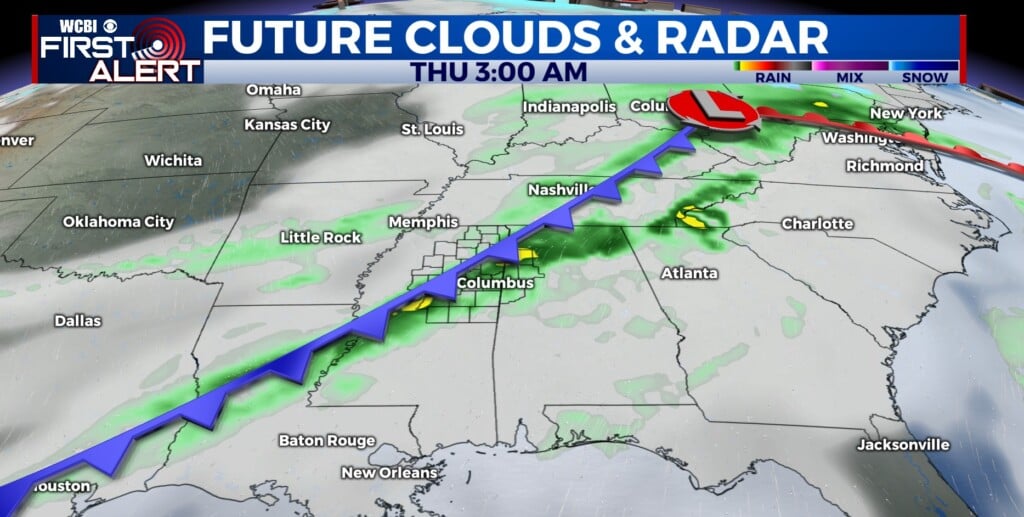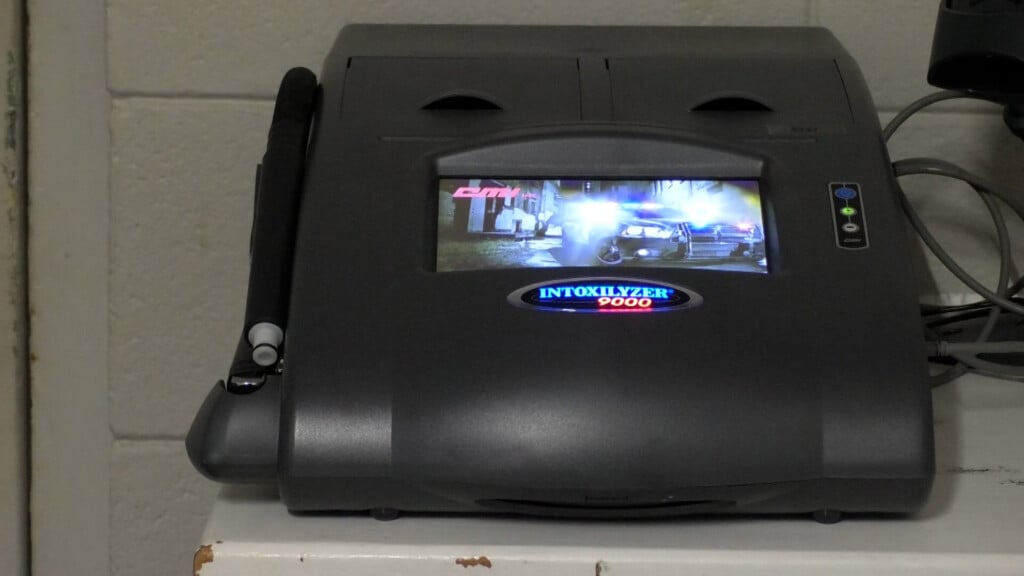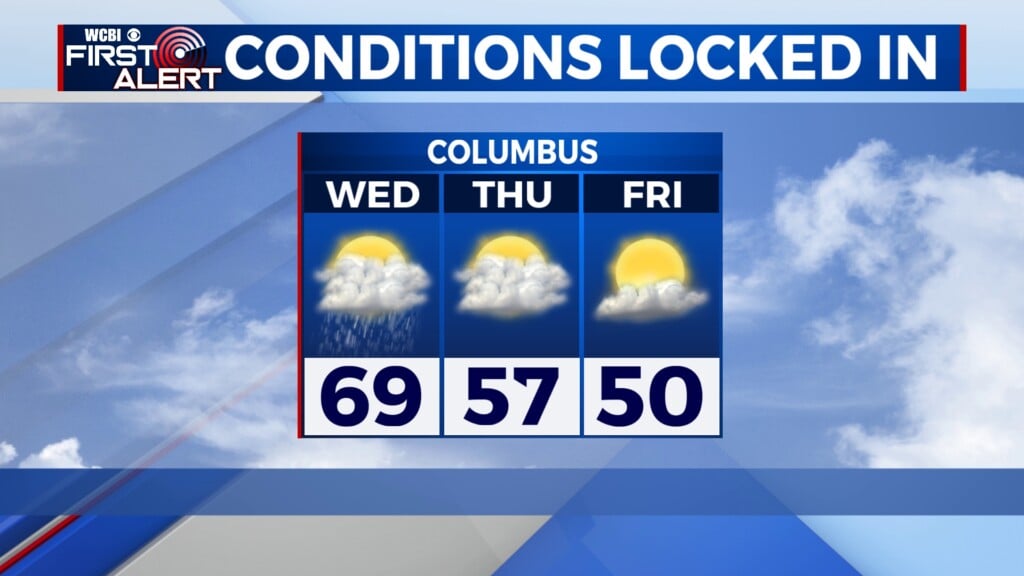MSU, Ole Miss Propose Biggest Tuition Hikes
By Jeff Amy/Associated Press
JACKSON – In-state tuition at eight public universities is likely to increase by an average of 3.2 percent this fall, if the College Board approves plans Thursday for the Mississippi University for Women to raise prices.
The board voted on a two-year tuition plan last year, and most universities aren’t making changes now. Thursday’s action is preliminary, and the board must vote again later.
Mississippi residents would pay a statewide average of $6,718 for two semesters of full-time tuition and fees, up by $272.
Delta State University and Mississippi Valley State University would keep tuition flat for the third year. The other six universities would increase charges from 2.5 percent to 5 percent.
MUW had originally planned to keep prices flat next fall, but now wants to raise tuition and fees by 2.5 percent to $5,781 a year.
The largest increases would come at the University of Mississippi and Mississippi State, which would both raise tuition and fees 5 percent to nearly $7,500 a year.
Alcorn State is seeking approval to become the third university to waive out-of-state charges for all students, along with Delta State and Valley. Alcorn estimates that it would forfeit about $1.5 million in out-of-state charges in the first year of the policy, saying it already waives the charges for many of its more than 450 nonresident students. Alcorn said it would have to enroll about 170 more students to make up for the lost revenue.
Many students don’t pay the sticker price, thanks to federal, state and college-based aid. In 2010-2011, Mississippi university students typically got $6,400 worth of aid, Southern Regional Education Board figures show. That covered about one-third of the total cost of attendance, once room, board, books and transportation were factored in.
Still, increasing college costs are far outstripping stagnant family incomes. In-state tuition will rise 66 percent from fall 2005 to fall 2015, while household incomes have been basically flat in Mississippi. It now takes about 17 percent of the typical Mississippi family’s income to pay for one year of college at a state university, not counting room, board or other costs.
As costs outstrip family incomes, more students are borrowing to pay for school. More than half of students at the state’s eight public universities had federally financed student debt in 2011, with the average student borrowing almost $6,700. The numbers are higher at some schools. Federal figures show 90 percent of Mississippi Valley State undergraduates had loans in 2011.
Universities say they need more money to increase faculty salaries, cover operation costs and make up for cuts to state aid. Though appropriations to the university system rose by almost $40 million this year, it still remains more than $55 million short of the $782 million that it received in state money in the 2008 budget year. On a per-student basis, aid shrank even more during the economic downturn.





Leave a Reply